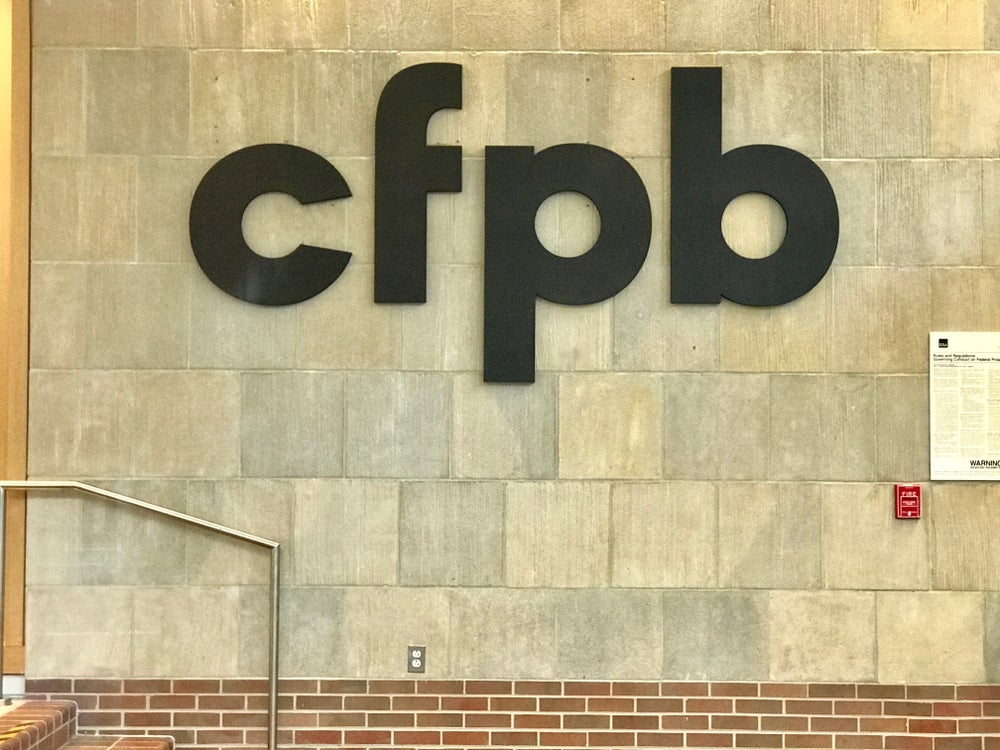Banks in the Middle East and the Gulf Corporation
Council states have almost all reported interim results for fiscal
2010. But differing results from one market to the next highlight
disparities in the strength of the banking sector. Farah Halime
reports on the performance of 25 of the leading banks in the
region.
As the Muslim holy month of Ramadan
gets underway, shorter work hours will impact firms across the
Middle East and Gulf Corporation Council (GCC) states. But a
shorter working day does not necessarily mean less work. The banks
have nearly finished reporting first-half results for fiscal 2010
and the results have highlighted disparities across the region.
Saudi Arabian banks feature
prominently in RBI’s GCC top 10, let alone the top 25.
Al Rajhi Bank, the largest in Saudi
Arabia by branches, made the biggest net profit for the first half
of 2010 with $906.5m, a 3% jump compared to the corresponding
period a year ago. It is also a giant in terms of total assets
which stood at $45.9bn and for deposits at $39.3bn (both ranking at
seven in the table).
Peers National Commercial Bank (or
Al Ahli Bank), Riyadh Bank and Samba Financial Group were also top
performers, boosting the strength of the Saudi Arabian sector as
whole.
National Commercial Bank posted a
14.5% rise in group net profit to $693.2m and Riyadh Bank a 7.4%
increase to $386.6m for the first six months of 2010. Although
Samba Financial recorded a strong group profit of $639.9m, it
represents a fall of 4% on the year-ago period.
How well do you really know your competitors?
Access the most comprehensive Company Profiles on the market, powered by GlobalData. Save hours of research. Gain competitive edge.

Thank you!
Your download email will arrive shortly
Not ready to buy yet? Download a free sample
We are confident about the unique quality of our Company Profiles. However, we want you to make the most beneficial decision for your business, so we offer a free sample that you can download by submitting the below form
By GlobalDataTaking the GCC sector as a whole
(including the states of Saudi Arabia, Qatar, United Arab Emirates
(UAE), Bahrain, Kuwait and Oman) however, it has been a relatively
lacklustre first half for the majority of banks that have
reported.
Mardig Haladjian, general manager
of Moody’s Cyprus, told RBI: “Generally speaking, in the
Gulf the banks have turned more cautious. They have burned their
fingers on some high net worth exposures.”
For Haladjian, Gulf banking will be
impacted by subdued growth in retail lending.
Sharia-based lending is big
business
Haladjian said Saudi Arabia, a country with one of the biggest
Sharia-compliant asset-bases, will benefit from the continued
growth in Islamic banking. As one of the largest and strongest of
the GCC states, Saudi Arabia has also been relatively immune to the
recession, particularly after the government took steps to support
the economy with special investment projects.
The retail banking sector has
suffered far less than, for example, the UAE, and the demand for
Sharia-based retail borrowing has been high, but Haladjian predicts
growth in retail lending to remain subdued.
There is no denying Sharia-based
lending, which works on the premise of Islamic law, is big business
for the GCC and Middle Eastern banks. The assets held by fully
Sharia-compliant banks or Islamic banking divisions of conventional
banks rose by 28.6% at the end of 2009 to $822bn from $639bn in
2008, according to The Banker’s top 500 Islamic financial
institutions survey.
Sharia banking prohibits the
payment or acceptance of interest fees for the lending and
accepting of money respectively, as well as investing in businesses
that provide goods or services considered contrary to its
principles (notably alcohol and pork-related products).
Fundamentally, however, the Saudi
banks have benefited from a very high proportion of customer
deposits being in non-interest bearing accounts, meaning zero
costs, Haladjian said.
“That gives them a tremendous
benefit to having high margins on their retail business,” he added.
“But when interest rates are low, which is the case now margins are
relatively low, the cost is virtually at zero.”
In search of growth, both GCC and
Middle Eastern banks have looked to retail consumer lending to
provide good margins. The mood, however is “sombre”, Haladjian
said.
Growth has remained modest in
countries such as Qatar, Oman and the UAE, compared to 40% and 50%
two or three years ago “when they were flying”, he added.
The impact of provisions for
non-performing loans has been another major drag on profits at
banks.
UAE hit by exposure to
Dubai World
The UAE banking sector has been hit the hardest as banks
aggressively set aside provisions in expectation of more
deterioration in their loan books.
UAE Central Bank figures show
provisions for non-performing loans at banks rose to $10bn at the
end of June 2010, a jump of 54% from the year-ago period.
But Haladjian predicts provisions
to have peaked, and added: “If provisioning comes down and there is
modest growth, overall, our expectation is that the profit derived
from the retail businesses will improve slightly.”
He repeated his cautious note
however and added the growth would not be “eye-popping” and
probably in the vicinity of 5% growth.
Few analysts expect prospects for
banks to improve until next year and faced with the effects of
Dubai World’s $23.5bn debt restructuring, for which many lenders
have yet to set aside provisions, margins are being squeezed.
Under the restructuring, the
government-owned conglomerate proposes to extend $14.1bn of bank
debt into new five and eight-year loans, a process that would
require banks to book more losses.
Philip Smith, senior director in
the financial institutions team at Fitch Ratings, specialises in
GCC and Middle Eastern banks. He said the situation in the UAE is
“more problematic”.
Smith said the exposures to Dubai
World will have a significant impact going forward into the next
fiscal year. But he warned much of the debt exposure has not yet
been accounted for in the banks’ figures, hinting at a potential
added pressure quarter three and end of year results for the
Gulf-based banks.
Abu Dhabi Commercial Bank for
example, already has an exposure of $1.8bn to Dubai World. The bank
said provisions and impairments related to this led to a loss in
the first of 2010. The bank swung to a loss of $83.3m, compared to
a profit of $178.8m in the first half of 2009.
Emirates NBD, the UAE’s largest
lender by assets and branches, also reported a dismal second half.
Net profit at the bank fell 29% to $408.3m at the end of June.
Despite the sluggish outlook, some
UAE banks did report rising profits in the first half of 2010.
National Bank of Abu Dhabi, the
third-largest bank by assets in RBI’s GCC and Middle
Eastern top 25, was up 27% to $552.9m in its 2010 interim result.
First Gulf Bank boosted its net profit by 11.8% to $464.7m and Abu
Dhabi Islamic Bank jumped 28.7% to $161.9m.
Elsewhere in the GCC, Qatar
National Bank’s (QNB) group profits helped it stand out from its
peers. It reported a 31% increase in net profit to $741.5m and
total assets at $51.1bn (ranking fourth), leaving its counterpart,
Commercial Bank of Qatar flagging behind.
It posted net profit of $224.8m (a
drop of 13% on the six months to 2009) and total assets reached
nearly a third of QNB’s total assets at $15.7bn.
QNB is the “flagship bank” of the
Qatari economy, Smith said, and as a result takes on more
government business, typically considered “safer”.
Lebanon, however, has outshone its
neighbours in the Middle East and Gulf as its banking sector proves
resilient to the downturn.
During 2009, when many other
countries experienced loan losses and a squeeze on margins,
Lebanese banks grew assets by $21bn to $115.3bn, from $94.3bn at
the end of 2008.
“The banks are in a different
league to the country itself,” Smith said, taking into account the
“very, very low” Fitch rating for the country and its fluctuating
political environment.
Bank Audi, for example, posted a
22.3% boost in profits for the first six months of 2010 to $162m
and was the only Lebanese bank to feature in the top 15 for both
total deposits and assets.
For Haladjian, Lebanon is a
“special case”.
“While the rest of the region [GCC and Middle East] has been hit
by the global crisis, the Lebanese economy continues to tick
along,” he said.











